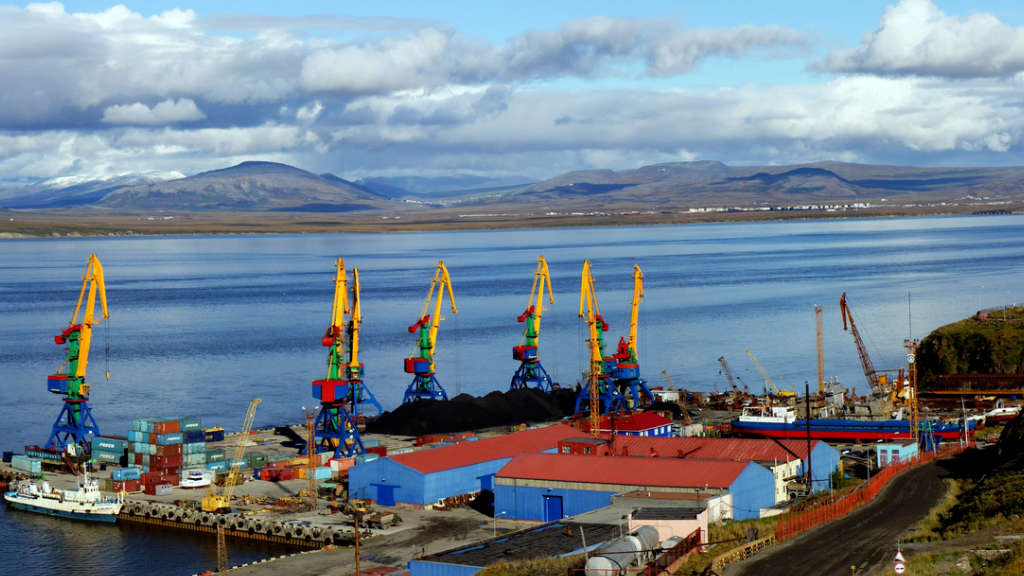The BRICS Partnership for a New Industrial Revolution is Underway
Anton Alikhanov, Russia’s Trade & Industry Minister, has been attending the 8th meeting of the BRICS Industrial Ministers in Nizhny Novgorod, and has said that during the first five months of 2024, Russia’s trade turnover with the complete BRICS membership increased by 6.3%.
This includes all BRICS nations, including Brazil, China, India and South Africa, as well as new members Egypt, Ethiopia, Iran and the UAE. The 6.3% figure may appear small, but in terms of total volumes it comes from a high existing trade base and represents an increase of about US$17.64 billion in value. Russia’s total 2023 BRICS trade reached US$294 billion.
The basis of Russian industrial exports has traditionally been the products of metallurgy, mechanical engineering, the timber industry, light and chemical industries, including fertilisers. Additionally, Russian companies are increasingly now offering after-sales services, as well as training programs for local staff.
Other promising areas of cooperation in the BRICS space are within the framework of the “BRICS Partnership for a New Industrial Revolution” where agreements have been reached on the substantive elaboration of initiatives in the chemical industry, pharmaceuticals and medical equipment, the mining sector and metallurgy, intelligent manufacturing and robotics. There are six main areas within this initiative:
- Strengthen policy coordination in the context of the New Industrial Revolution;
- Strengthen human resource cooperation on cutting-edge technology and skills;
- Promote communications and cooperation in the digital field;
- Improve industrial capacity development;
- Enhance cooperation in inclusive growth projects;
- Deepen stakeholder cooperation and promote resource complementarity.
The concept behind the BRICS New Industrial Revolution is characterized by digitization, networking, and A.I, with new technologies, industries, and models, with existing production methods and business models currently undergoing profound adjustments.
The BRICS countries have similar stages of industrial development, strong industrial complementarity, similar development strategies and common interest demands, and have certain advantages in terms of industrial foundation, market size, and resource capabilities. They also have a strong foundation for cooperation in fields such as mechanical manufacturing, electronic information, and energy resources. Seizing new opportunities for the development of the new industrial revolution and deepening industrial cooperation has become a consensus among the BRICS countries.
The BRICS countries are rich in energy resources, in both fossil fuels and renewables. For example, should Saudi Arabia join the group, as appears likely, the BRICS would possess 47% of all global oil reserves. In comparison, the United States owns 2.1%.
In GDP terms, the BRICS has a global share of 37.3% of the world’s total, compared with 29.9% for the G7 nations.
Further Reading
Venezuela Suggests Transferring Its US Energy Contracts To The BRICS Countries





